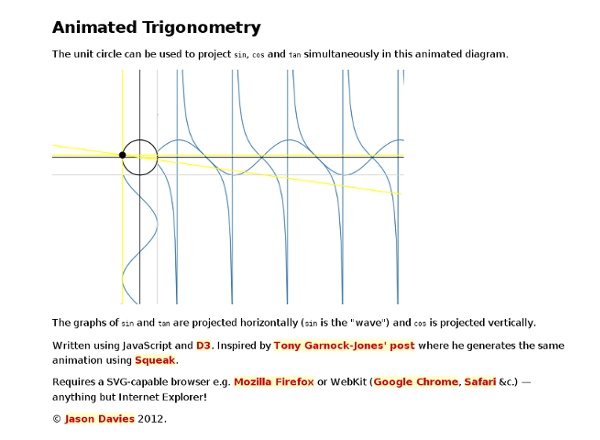



Conclusion : robotique, les enjeux de demain AgnèsGuillot Chercheur en Psychophysiologie Des premiers automates aux robots humanoïdes autonomes, la robotique s'est inspirée de la nature, apportant, avec ses technologies, des considérations éthiques. Quand la robotique s'inspire de la nature... © DR L'Homme et la robotique : le nouveau Prométhée ? Au XVIIIe siècle, Voltaire, ébloui par les automates de Jacques de Vaucanson, compara le savant à Prométhée tant il « semblait, de la nature imitant les ressorts, prendre le feu des cieux pour animer les corps ». Cependant, plutôt que de voler le feu céleste, ils préfèrent s'inspirer des astuces que la nature a découvertes au cours de l'évolution, afin que leurs créatures deviennent, non pas aussi intelligentes que l'être humain, mais aussi adaptatives que le plus simple des systèmes vivants. Les enjeux de la robotique de demain AnimatLab, le laboratoire de recherche dédié aux évolutions robotiques. © AnimatLab
Riemann zeta function , which converges when the real part of s is greater than 1. More general representations of ζ(s) for all s are given below. The Riemann zeta function plays a pivotal role in analytic number theory and has applications in physics, probability theory, and applied statistics. This function, as a function of a real argument, was introduced and studied by Leonhard Euler in the first half of the eighteenth century without using complex analysis, which was not available at that time. Bernhard Riemann in his article "On the Number of Primes Less Than a Given Magnitude" published in 1859 extended the Euler definition to a complex variable, proved its meromorphic continuation and functional equation and established a relation between its zeros and the distribution of prime numbers.[1] The values of the Riemann zeta function at even positive integers were computed by Euler. Definition[edit] Bernhard Riemann's article on the number of primes below a given magnitude. Specific values[edit] A058303).
Crunchzilla Hyperreal number The system of hyperreal numbers is a way of treating infinite and infinitesimal quantities. The hyperreals, or nonstandard reals, *R, are an extension of the real numbers R that contains numbers greater than anything of the form Such a number is infinite, and its reciprocal is infinitesimal. The term "hyper-real" was introduced by Edwin Hewitt in 1948.[1] The hyperreal numbers satisfy the transfer principle, a rigorous version of Leibniz's heuristic Law of Continuity. for all integers n, one also has for all hyperintegers H. Concerns about the soundness of arguments involving infinitesimals date back to ancient Greek mathematics, with Archimedes replacing such proofs with ones using other techniques such as the method of exhaustion.[2] In the 1960s, Abraham Robinson proved that the hyperreals were logically consistent if and only if the reals were. The application of hyperreal numbers and in particular the transfer principle to problems of analysis is called non-standard analysis. , where
Features - Rotating Objects Using Quaternions Last year may go down in history as The Year of the Hardware Acceleration. Much of the work rasterizing and texture-mapping polygons was off-loaded to dedicated hardware. As a result, we game developers now have a lot of CPU cycles to spare for physics simulation and other features. Some of those extra cycles can be applied to tasks such as smoothing rotations and animations, thanks to quaternions. Many game programmers have already discovered the wonderful world of quaternions and have started to use them extensively. Another common use for quaternions is in military and commercial flight simulators. Many games coming out this year will also feature real-world physics, allowing amazing game play and immersion. There are many ways to represent the orientation of an object. Trying to correct this problem using matrices or Euler angles, an animator might simply increase the number of predefined (keyed) orientations. Figure 1: Euler angle representation. In the eighteenth century, W.
Scene Management | Game Rendering This is maybe the easiest way to manage the objects in a scene and is also often a very good choice. It’s a simple uniform grid with equally sized cells/buckets/patches (or whatever you want to call it). When rendering, all that is needed for culling is to check the view frustum against these cells to determine which ones are visible. This grid can most of the time be in only 2D but can of course in special cases be 3D if necessary. This spatial data structure works well with both static and dynamic objects. Some information of traversing a grid structure Nearly the same as a Octree but instead of dividing the space in cuboids in 3D it’s rectangles in 2D space. A visual demonstration of a quadtree used for fast collision detection: Introduction to quadtrees and sample code: Octrees are one of many ways to divide the space into smaller volumes structured in a tree.
Make Games - Finishing a Game